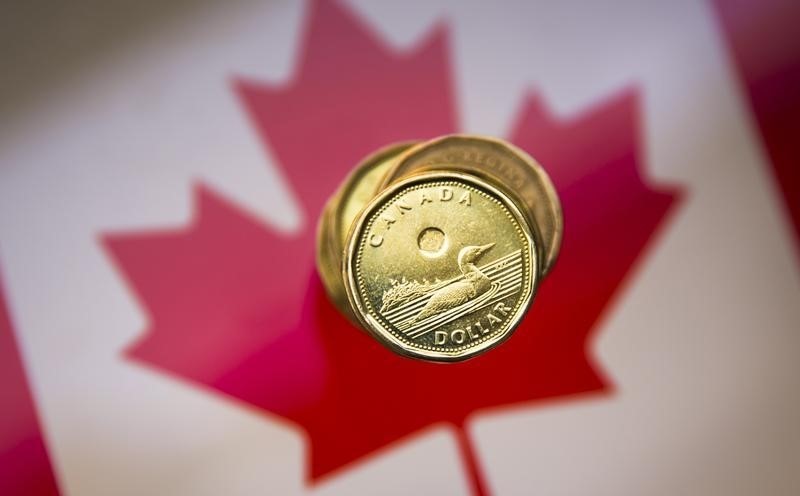By Ketki Saxena
Investing.com -- The Canadian dollar was moderately weaker against its U.S. counterpart, as the greenback rallied today ahead of an expected 75 bps point expected by the U.S. Federal Reserve at 2:00 p.m, and hopes of indications for a “pivot” from the Fed.
Losses on the loonie were limited by yesterday’s comments from Bank of Canada Governor Tiff Macklem, who maintained that another outsized rate hike is not out of the question, even as he indicated that the Canadian central bank could be nearing the end of its current rate hike cycle.
A Reuters poll of nearly 30 currency analysts meanwhile showed that the loonie will gain less than had been previously anticipated, as the Bank of Canada is likely to lag the Fed in hiking rates.
Investors are betting on a terminal rate, or peak level for interest rates, from the BoC in the coming months of 4.25% - or ¾’s of a percentage point less than the terminal rate expected from the Fed.
“We think that when it comes to central bank action that the Bank of Canada is going to end up with a lower terminal rate,” said Bipan Rai, North America head of FX Strategy at CIBC (TSX:CM) Capital Markets.
“That implied spread between terminal rates in Canada and the United States will probably have to widen out further and that could take the U.S. dollar higher across the board including against the Canadian dollar.”
Further losses on the Canadian dollar were also limited by gains in crude after U.S. crude inventories unexpectedly shrank in the week prior, and rumours abound that China will scale back its strict zero-COVID policy.
However, analysts note that the Canadian dollar is becoming increasingly decoupled from crude prices.
Royce Mendes, head of macro strategy at Desjardins notes, “All of the volatility in oil prices tends to transmit less today into volatility in the currency than it has in prior periods because the Canadian economy is less levered to the energy sector”.
Looking ahead the median forecast from the poll sees the Canadian dollar weakening over 0.5% to 1.37 per U.S. dollar in three months, compared with the October forecast of 1.34.
